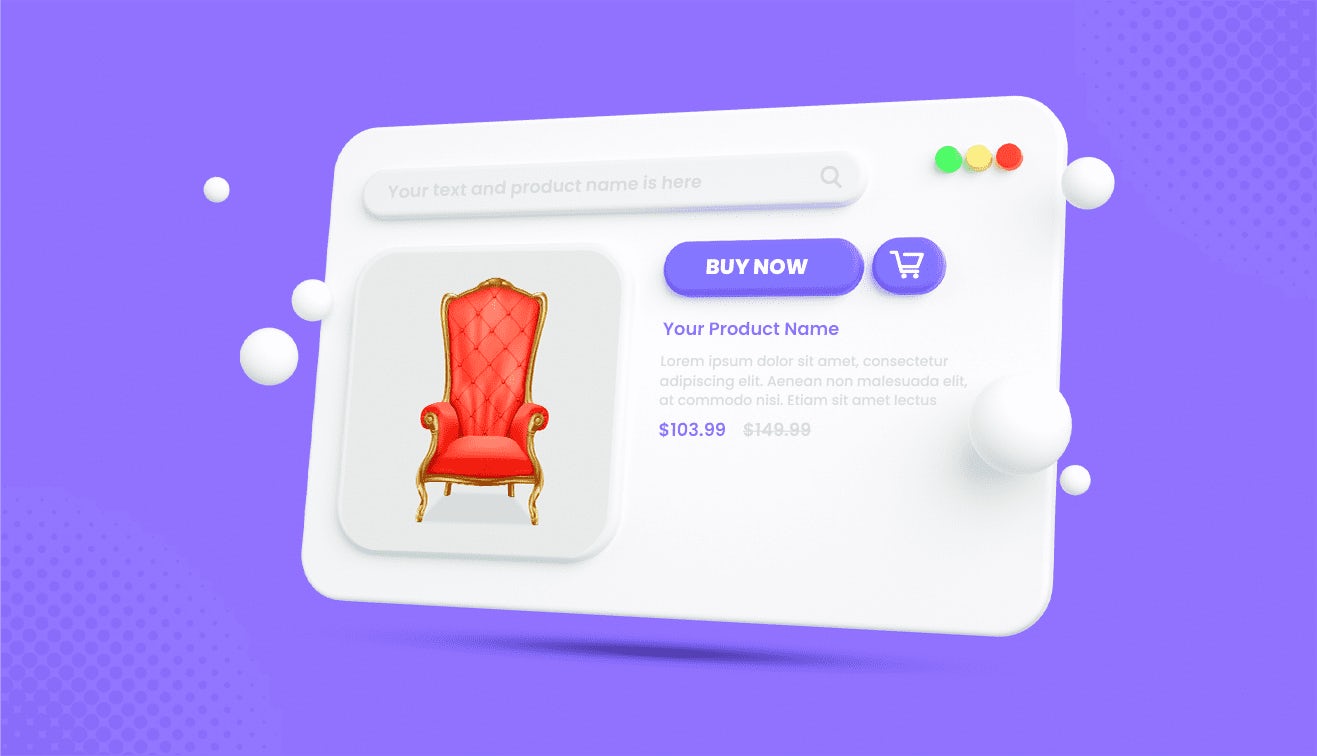Imagine you are walking into a store where the shelves never run out of products, no matter how specific or niche the request. Now, imagine this idea is brought to life that too in the intricate world of B2B commerce platforms. That’s the power of the endless aisle for B2B—an approach that’s changing how manufacturers and distributors operate, making it possible to offer more, satisfy customers better, and streamline b2b supply chain management like never before.
Originally designed with retail in mind, the endless aisle has proven to be a perfect fit for B2B, where the expectations of customers are rising, and product needs are often complex. From overcoming inventory constraints to delivering seamless buying experiences, it’s becoming a go-to strategy for businesses looking to stay ahead.
In this blog, we’ll unpack what the endless aisle means for B2B, its benefits, practical applications, and how to navigate any challenges that come with implementing this game-changing concept.
What is the endless aisle in B2B?
The endless aisle in B2B refers to the ability to provide customers with access to an extensive product catalogue without physically holding every SKU in inventory. By leveraging digital technologies, supplier integrations, and advanced logistics, B2B manufacturers and distributors can ensure buyers have seamless access to products—even those not stocked in warehouses.
For buyers dealing with complex product requirements or specialised configurations, the endless aisle removes purchasing roadblocks, enabling businesses to meet demands while optimising inventory management.
Also an interesting read: B2B Payments Redefined: Methods, Trends, and Why They Matter Today
Why do endless aisles matter in B2B commerce for manufacturers and distributors?
B2B buyers now expect seamless, personalised, and digitally enriched experiences similar to what they encounter in B2C. Research shows that nearly 90% of B2B buyers switch suppliers if their needs are not met promptly. The Endless Aisle addresses these expectations by:
- Expanding product availability through virtual inventory.
- Enhancing customer experience with real-time visibility into stock and personalised recommendations.
- Optimising B2B supply chain management by reducing reliance on extensive physical storage.
Key benefits of implementing an endless aisle in B2B operations
1. Expanded product offerings without inventory inflation
Traditional inventory models force businesses to balance stock availability against high storage costs. The endless aisle eliminates this trade-off by allowing B2B distributors and manufacturers to list products from third-party suppliers without holding them in stock.
- Example: A B2B distributor of industrial machinery can feature specialised tools from niche manufacturers in their online catalogue, fulfilling orders directly through supplier drop-shipping.
This strategy empowers businesses to cater to niche demands without the financial burden of excess inventory.
2. Improved customer retention through availability
Stockouts are a major cause of lost sales and damaged buyer relationships for manufacturers and distributors with a B2B commerce platform. The endless aisle ensures that even if a product isn’t available in a distributor’s warehouse, it can still be sourced and delivered quickly.
- Insight: Businesses implementing endless aisle strategies report up to a 20% reduction in order cancellation rates, as customers find what they need without delays.
3. Personalised procurement experiences
Modern B2B buyers demand personalisation, from tailored product recommendations to dynamic pricing. Endless aisle tools integrate with your marketplace management software, such as ERP, CPQ (Configure, Price, Quote), CMS, OMS, PIM, and analytics systems, to offer bespoke shopping experiences.
- Scenario: A procurement manager browsing a B2B catalogue sees personalised recommendations for compatible components and exclusive pricing based on their order history.
4. Enhanced supply chain resilience
By integrating supplier networks and real-time inventory visibility, the endless aisle strengthens supply chain agility. Businesses can route orders to the most efficient fulfilment centres, ensuring prompt delivery and reduced costs.
- Impact: Manufacturers and distributors can minimise supply chain disruptions, enabling faster entry into global markets with localised assortments.
5. Better cash flow management
With dropshipping and hybrid inventory models, businesses reduce the need for upfront investment in inventory, freeing up capital for other priorities.
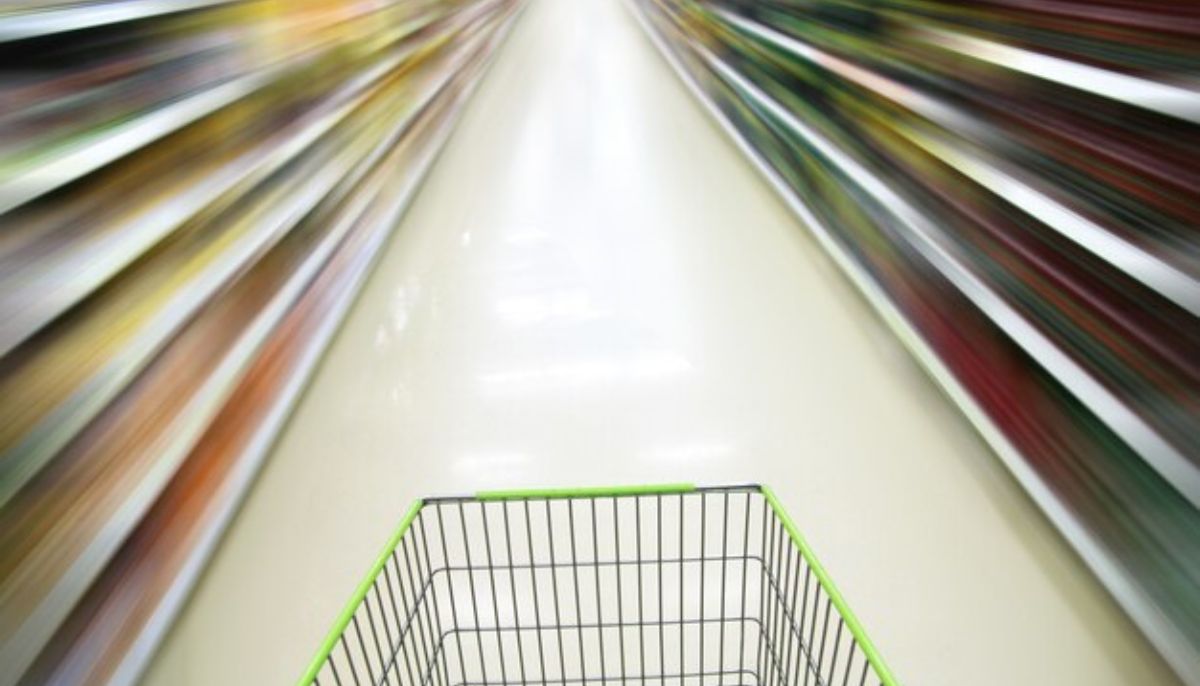

































































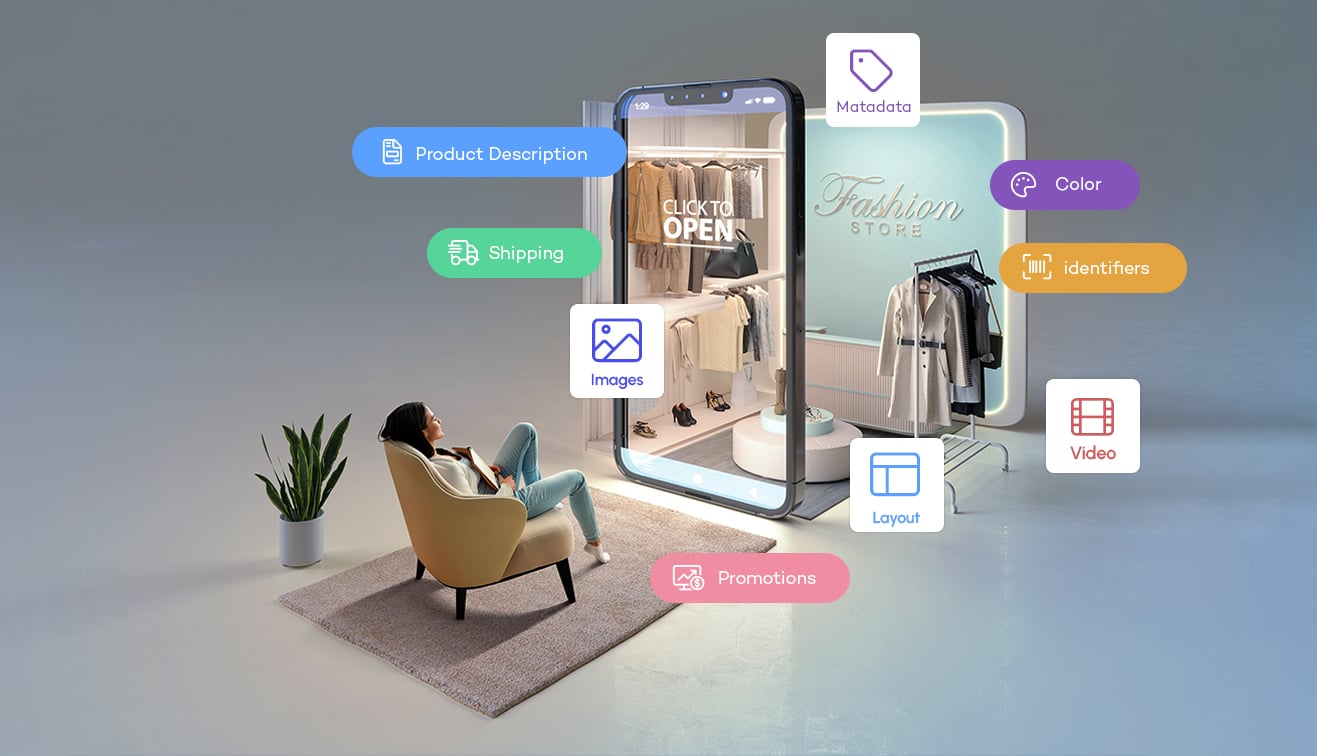



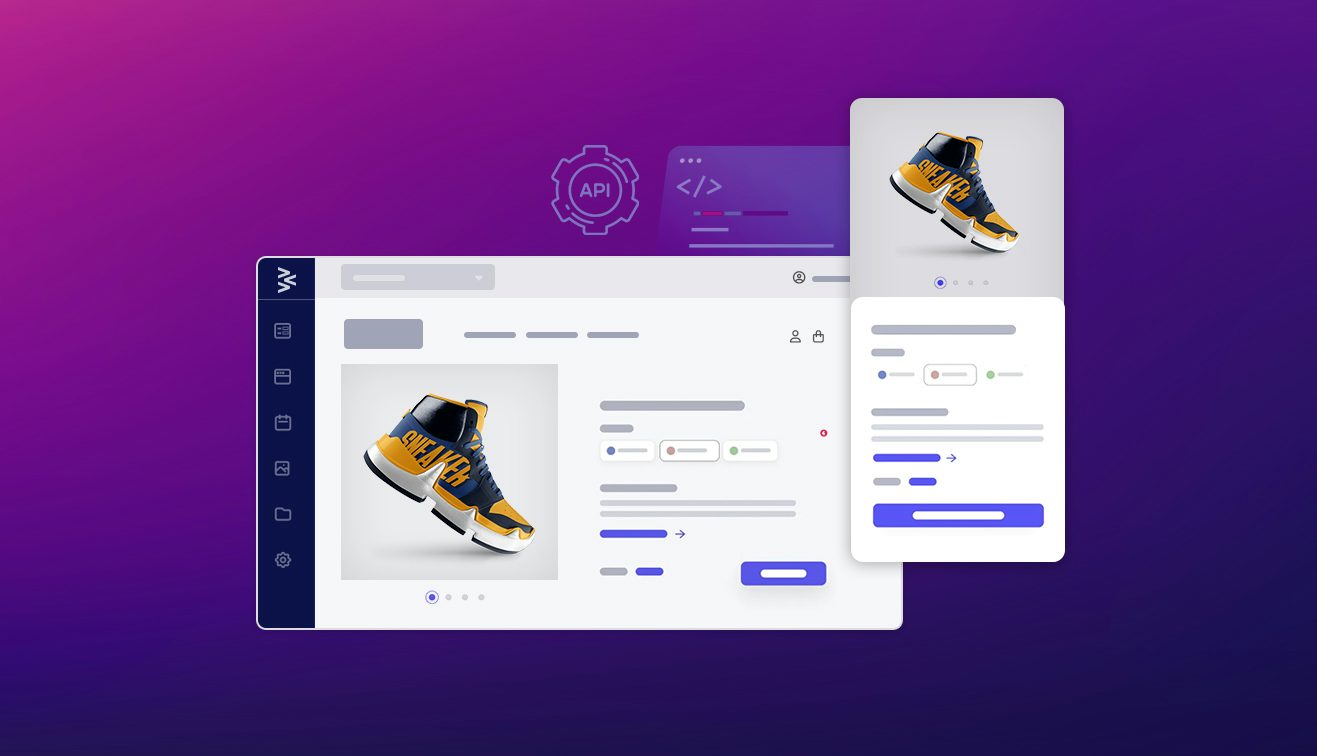

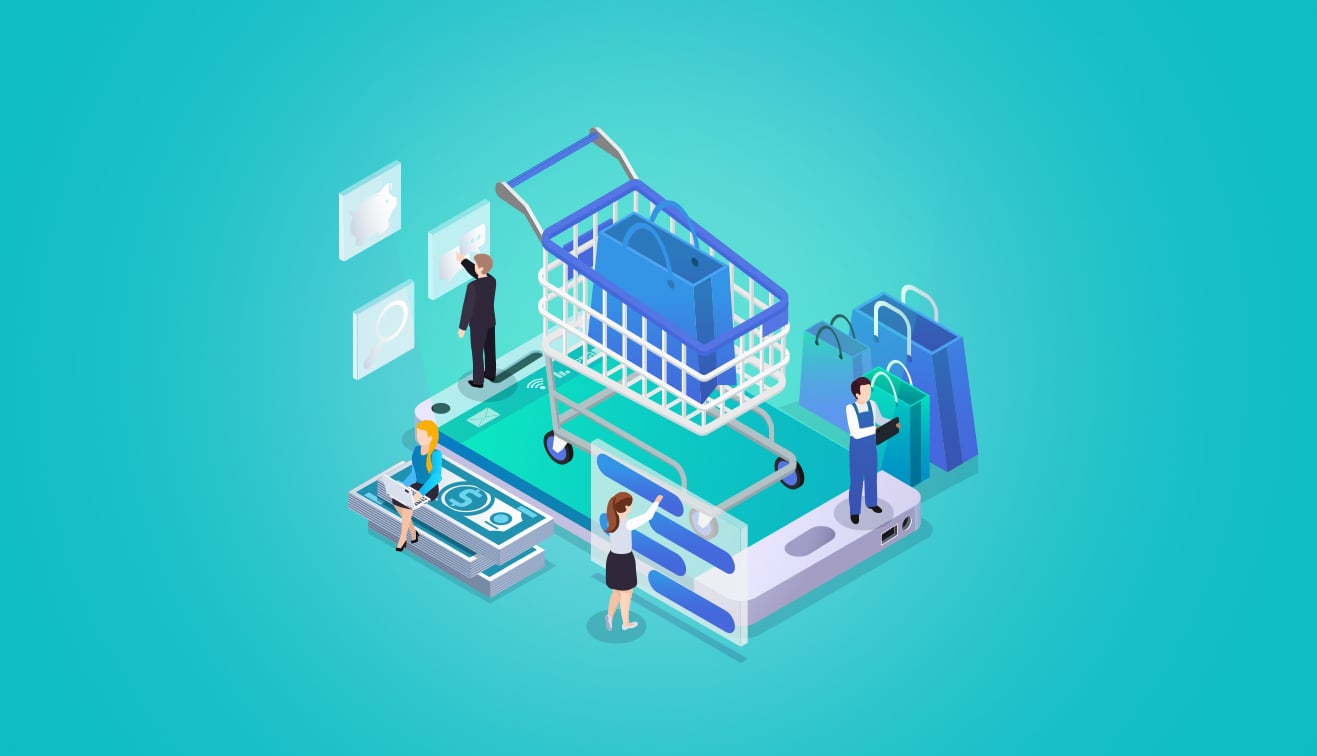

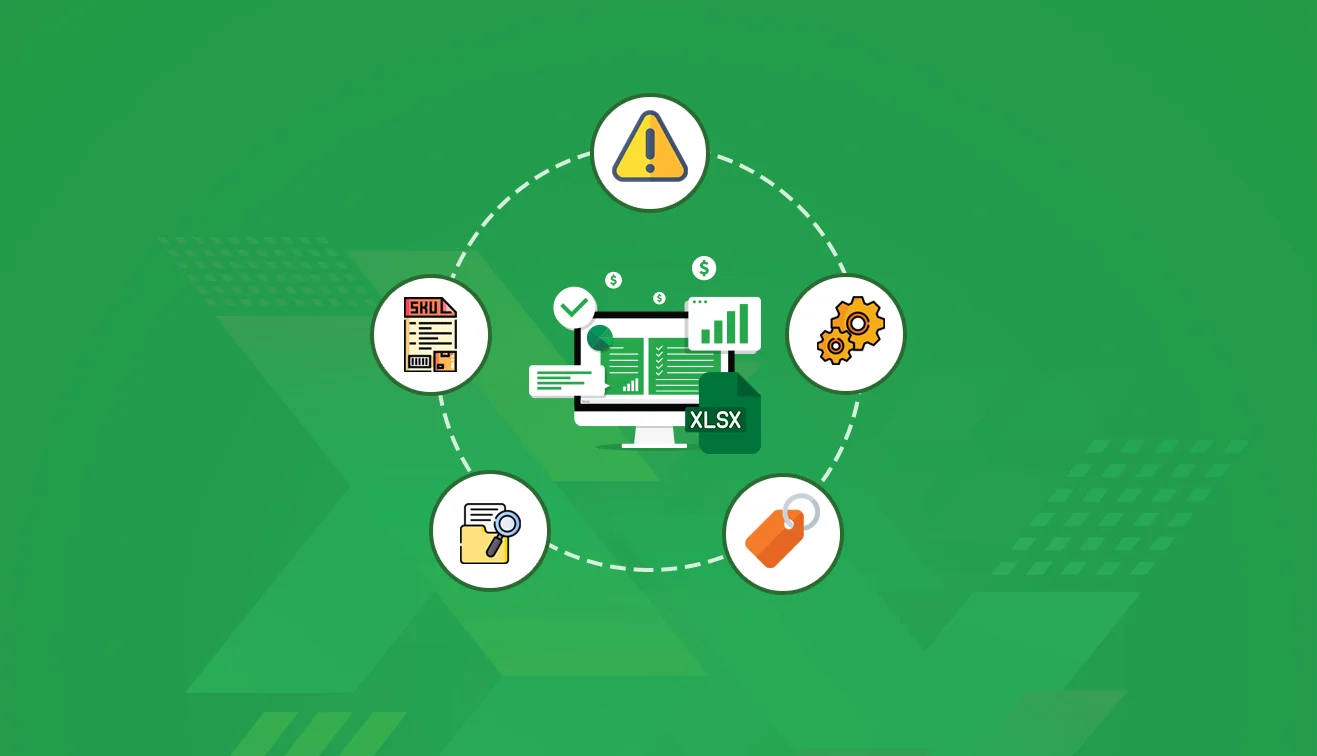
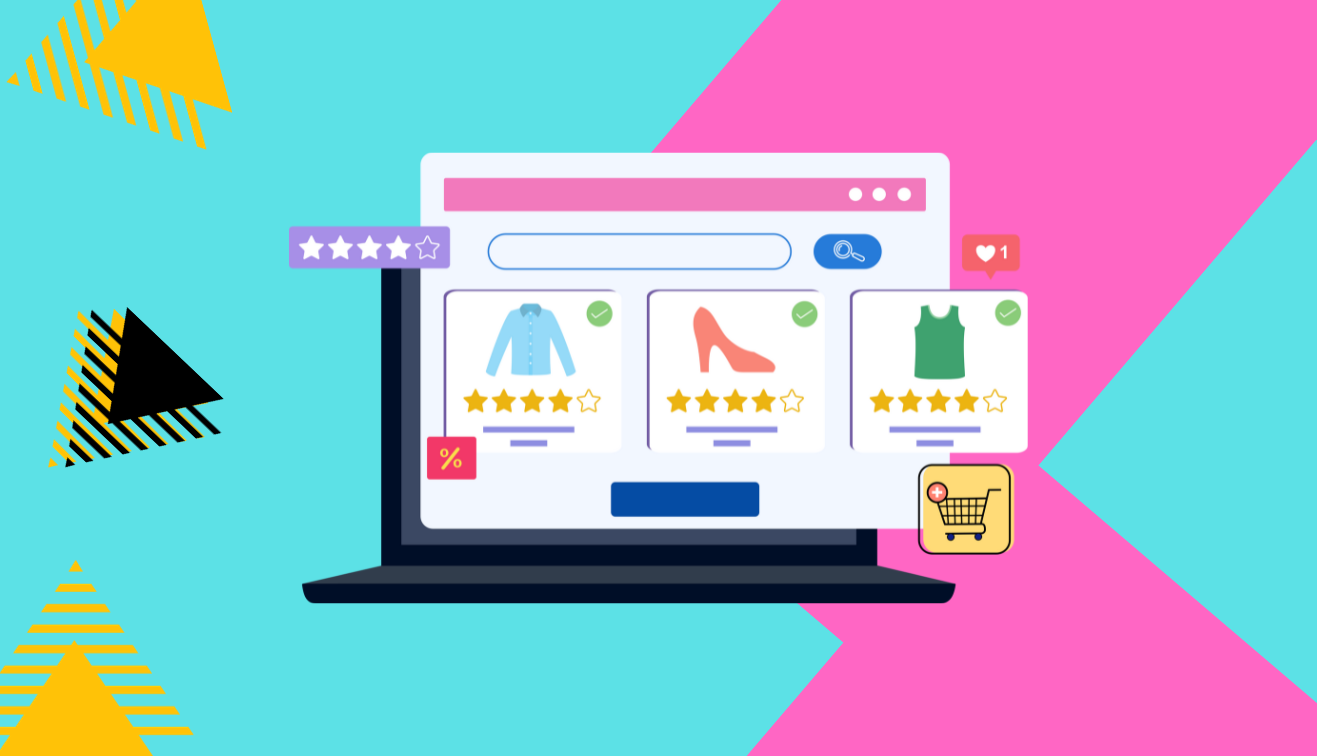
.jpg?w=3840&q=75)
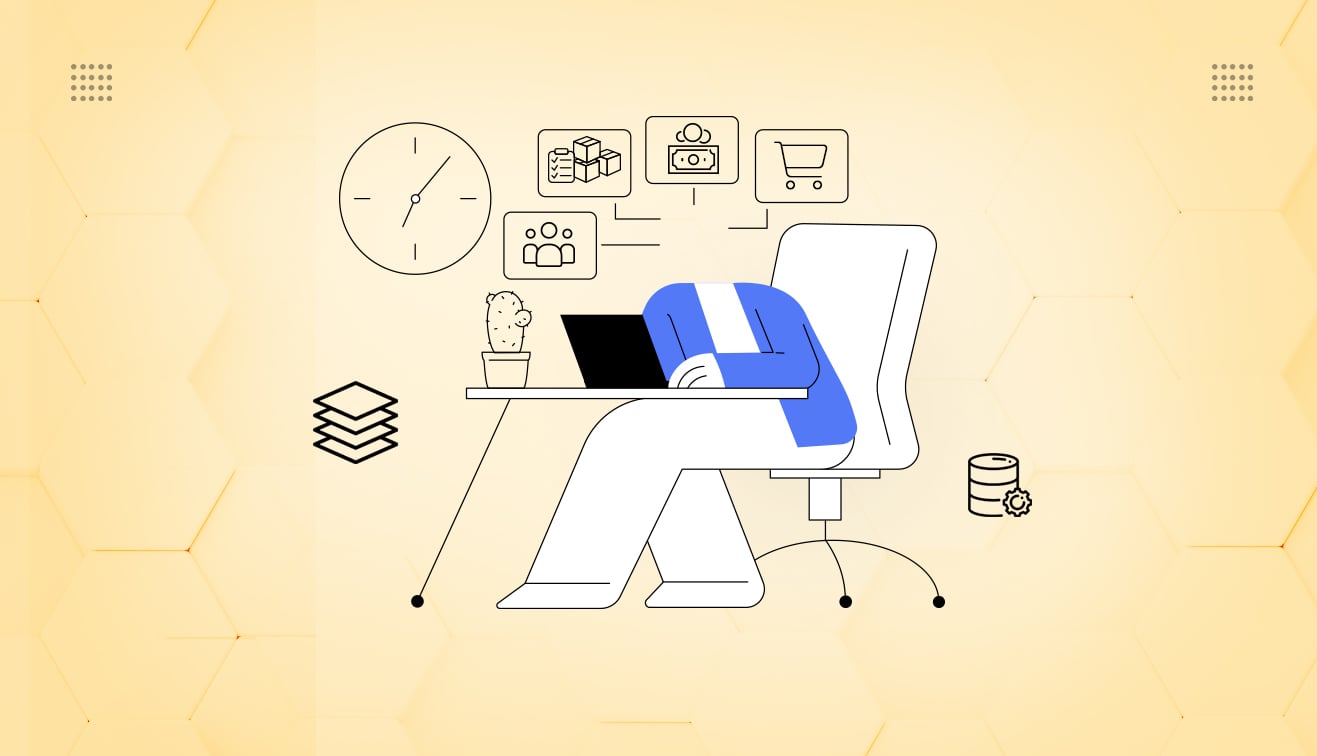

.png?w=3840&q=75)

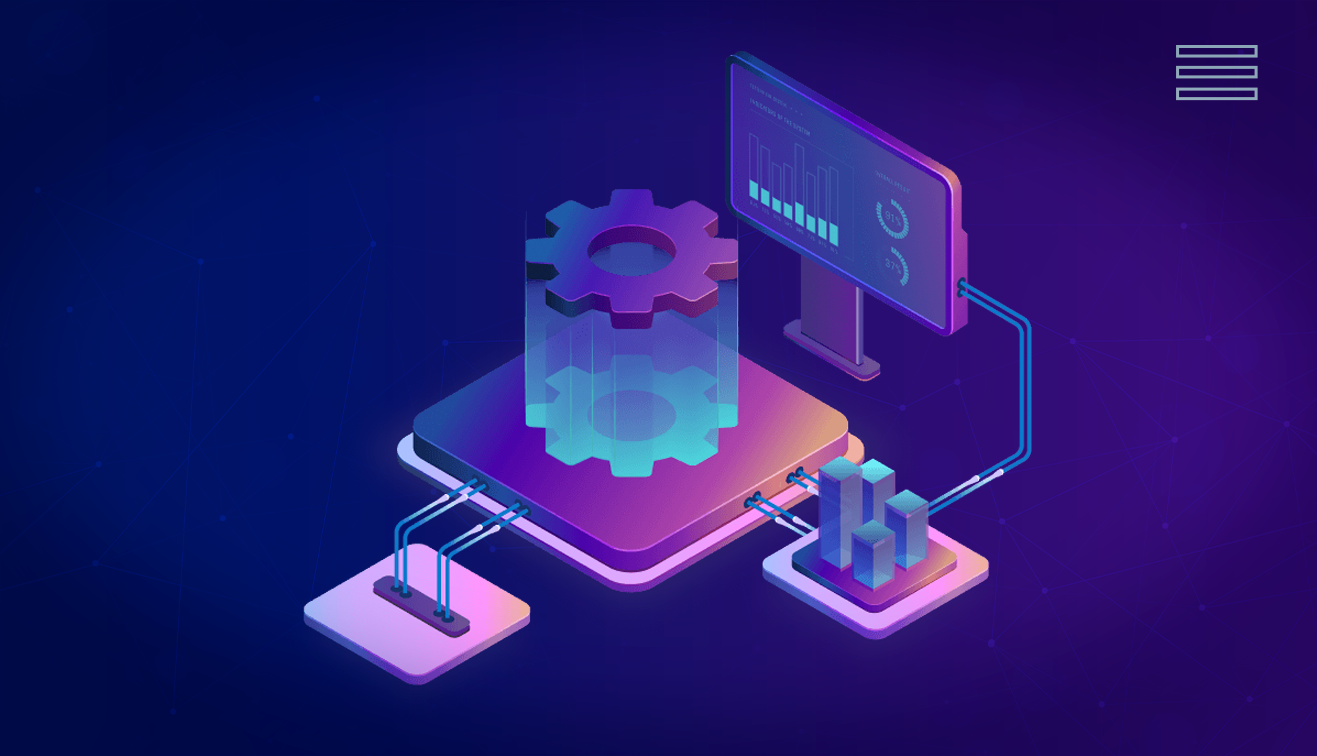
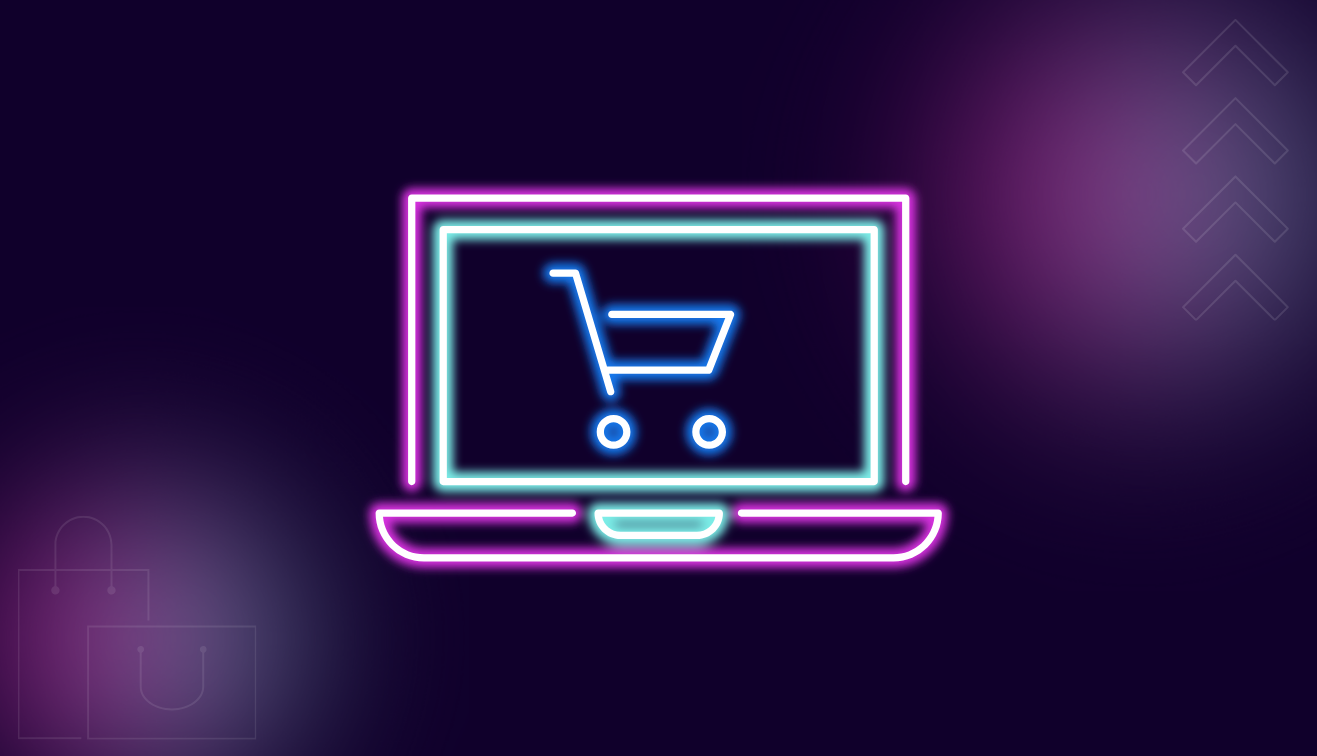
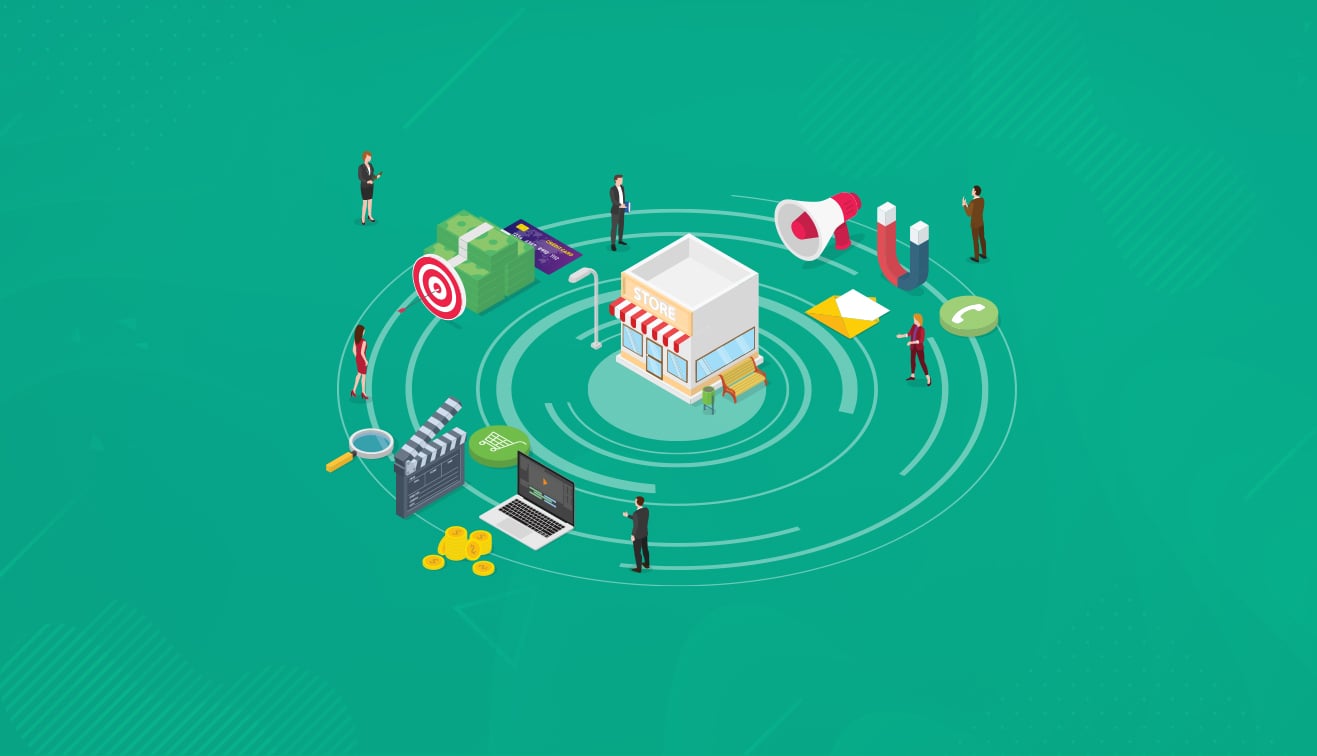
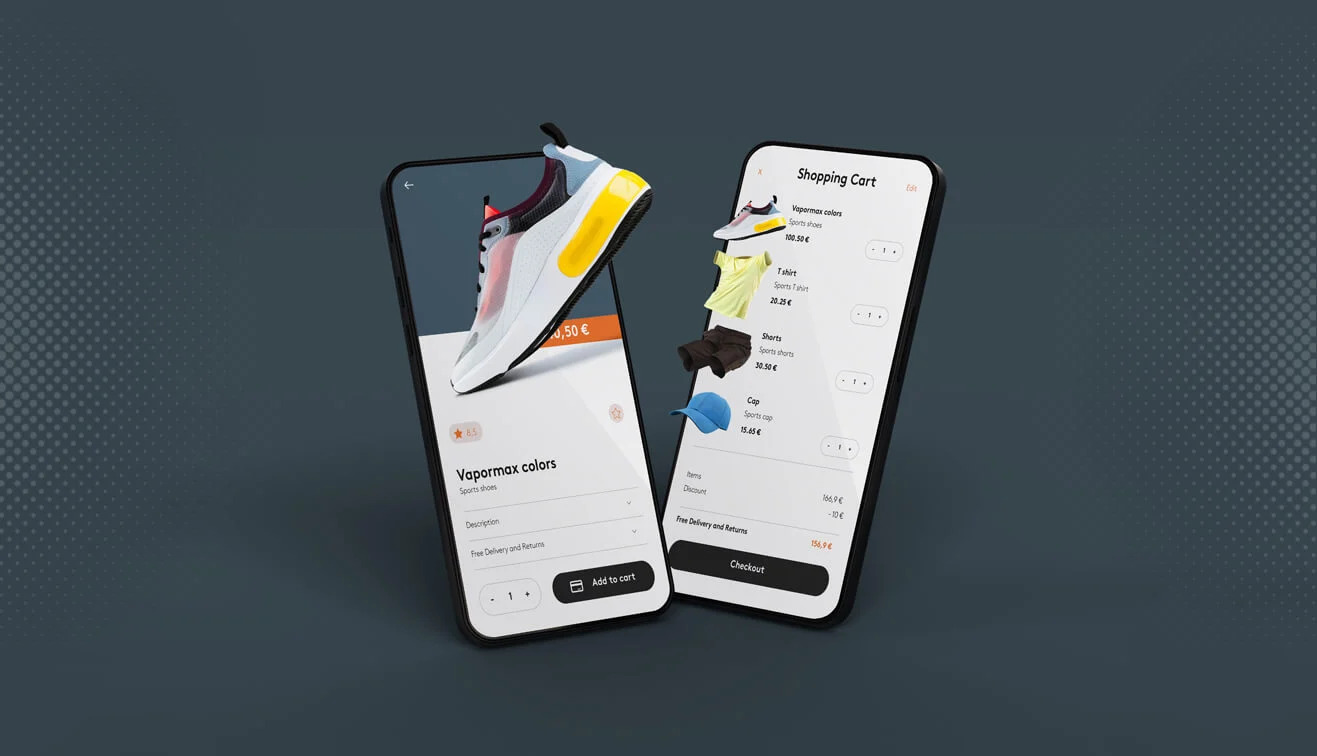

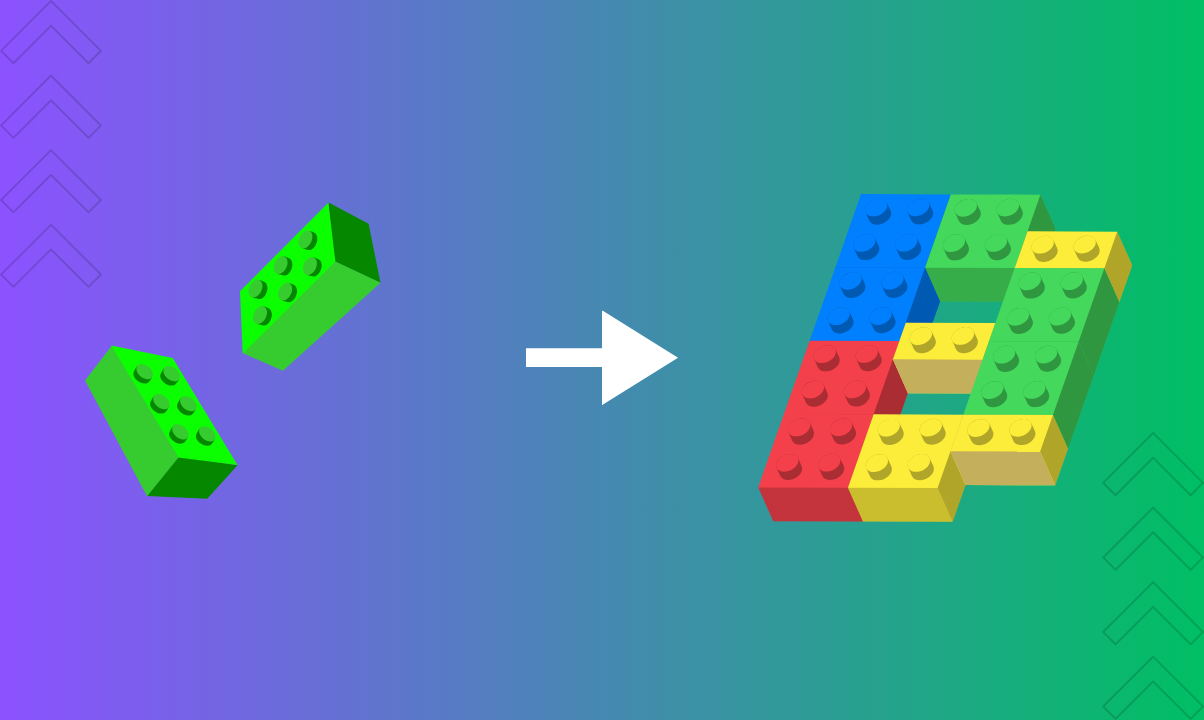

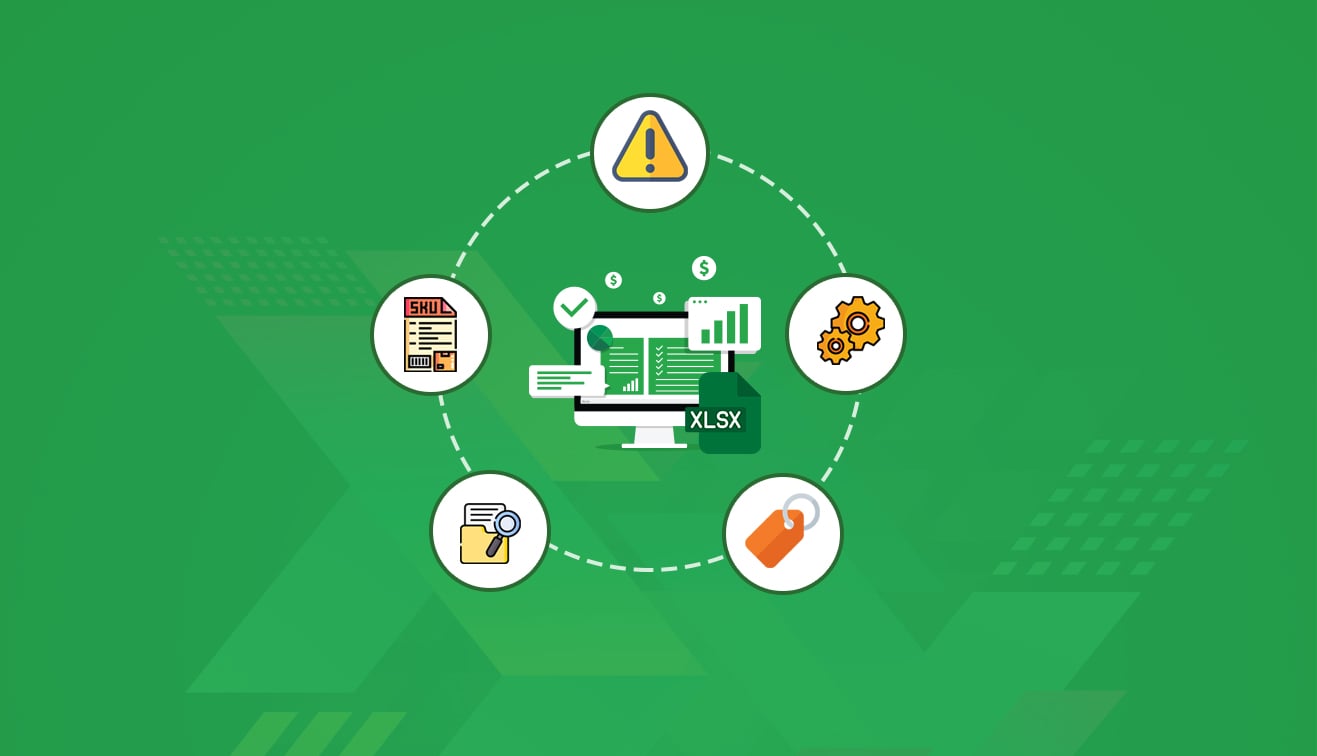
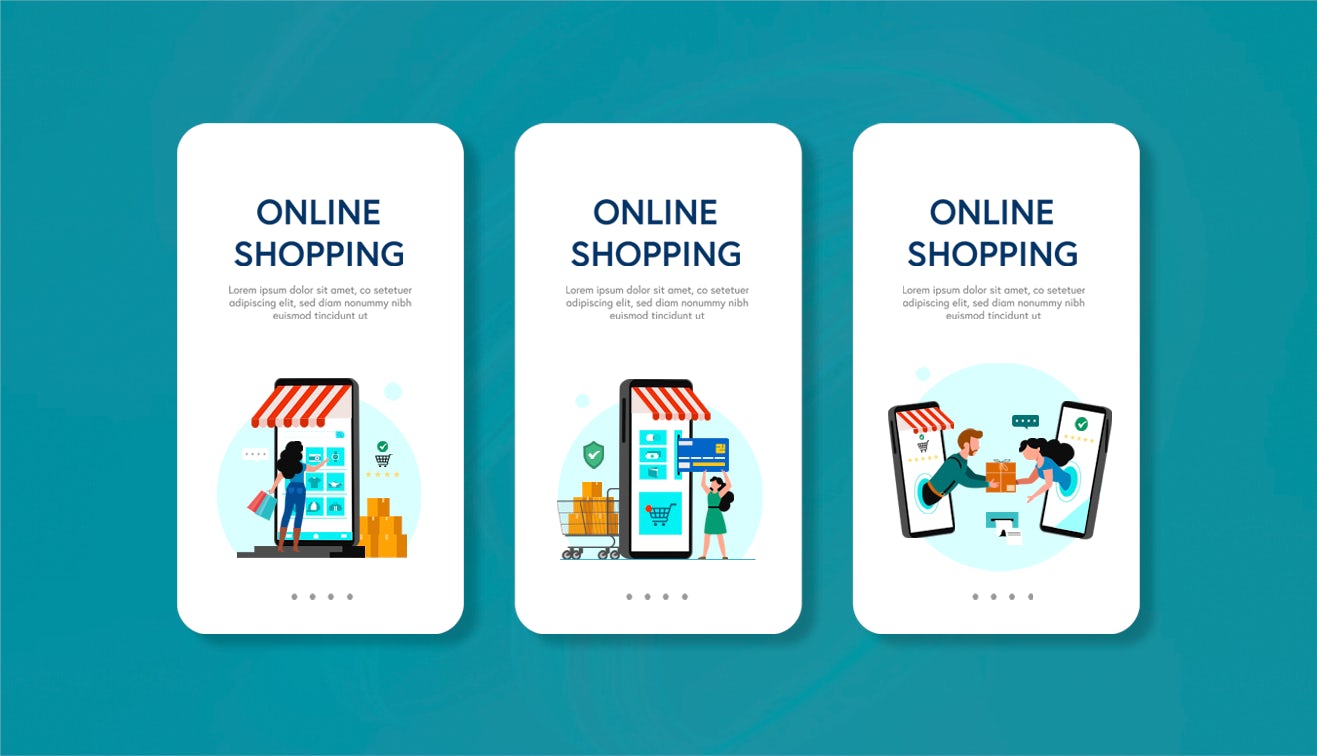
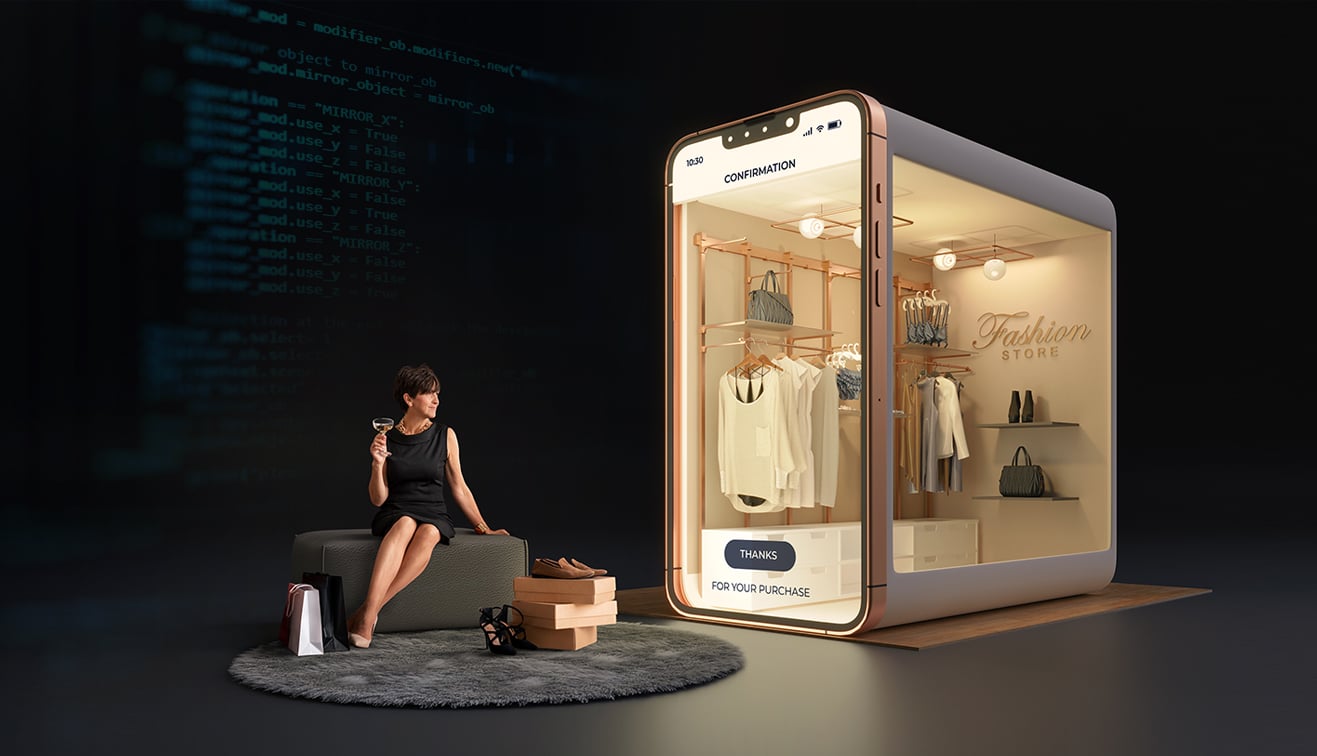
.jpg?w=3840&q=75)
